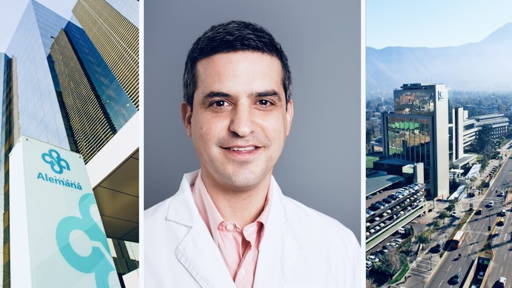Researchers at Johns Hopkins University have developed an advanced AI model that predicts the risk of sudden cardiac arrest in patients with hereditary heart disease significantly better than existing guidelines. The model, called MAARS (Multimodal AI for Arrhythmia Risk Stratification), uses deep learning to extract information from contrast-enhanced MRI images and combines it with medical record data. The results show that this approach can save lives and prevent unnecessary medical interventions.
The study focuses on patients with hypertrophic cardiomyopathy (HCM), a hereditary heart muscle disease that affects one in 200 to 500 people worldwide. Although the majority of these patients lead normal lives, there is a subgroup with an increased risk of sudden cardiac arrest, often without clear symptoms beforehand. Until now, it has been a major challenge to identify these high-risk patients in a timely and reliable manner.
MAARS model
The MAARS model distinguishes itself by its ability to detect hidden patterns in scar tissue, or fibrosis. This scar tissue increases the risk of fatal cardiac arrhythmias, but is often underutilised in regular imaging. While doctors struggle to interpret this data manually, the AI model analyses complete MRI scans at pixel level and links them to clinical outcomes. The result: a predictive accuracy of 89 per cent in the general population and 93 per cent for people between the ages of 40 and 60, the group at greatest risk.
‘Current guidelines barely achieve 50 percent accuracy; it's practically a game of chance. With MAARS, we can predict who is really at risk and why,’ says Professor Natalia Trayanova, AI expert in cardiology and senior researcher on the project, whose results have been published in Nature Communications.
Remarkable transparency
In addition to its accuracy, the model's transparency is remarkable: MAARS explains why a patient belongs to a high-risk group, enabling doctors to better substantiate and personalise treatment decisions. This allows defibrillators to be used in a more targeted manner, avoiding unnecessary implantations.
The research team tested the model at both Johns Hopkins Hospital and the Sanger Heart & Vascular Institute. Based on these results, they want to expand its application to other conditions such as cardiac sarcoidosis and arrhythmogenic right ventricular cardiomyopathy.
This development demonstrates the growing potential of multimodal AI in cardiovascular care. Combining medical imaging with electronic patient data creates a powerful tool for risk stratification that could set a new standard for prevention and personalised treatment.
AI applications for heart disease research
Last year, researchers at Children's National Hospital developed a deep learning system that uses echocardiograms to detect rheumatic heart disease (RHD) in children, with an accuracy comparable to that of cardiologists. The technology analyses mitral valve regurgitation, a symptom of RHD, in ultrasound images and also recognises subtle variations in heart size and valve function that are invisible to the human eye. Early detection of RHD enables timely treatment (e.g. with penicillin), which can prevent thousands of deaths.
Earlier this year, we reported on the further development of an existing AI model by researchers at Mount Sinai. This enables hypertrophic cardiomyopathy (HCM) to be detected more quickly. By clinically calibrating the algorithm, it can now make quantitative risk predictions based on ECG data, rather than just binary classifications. This helps doctors to identify patients at increased risk more quickly and accurately, enabling early intervention and preventing serious complications such as sudden cardiac arrest. The model was tested on 71,000 patients and significantly improved accuracy.









